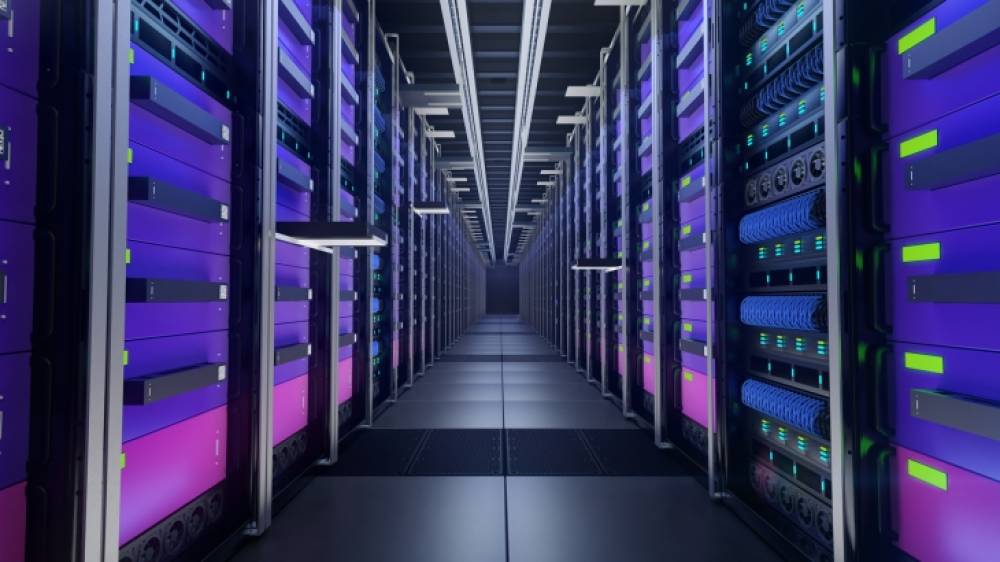
Startup Battlefield Winner Cellino Has Secured A $80 Million Series A Funding Round
Startup Battlefield winner Cellino has secured a $80 million Series A funding round
Cellino Nabiha Saklayen, the founder of Bio, had no intention of participating in TechCrunch Disrupt 2021's Startup Battlefield — it was her public relations advisor who put the startup's name in the hat as a wildcard entry, rather than the other way around. Cellino, on the other hand, managed to walk away with the prize despite a hectic weekend for the team. Cellino has gained further traction in the months since, with the announcement of a $80 million Series A funding round in June.
In order to achieve this, Cellino is working to automate the process by which human cells, specifically induced pluripotent stem cells, are produced (iPSCs). It is possible to generate IPSCs from other cell types, such as blood cells, and then transform them back into stem cells that are capable of differentiating into a variety of different cell types. According to TechCrunch's Sarah Perez, Cellino's initial pitch and overview were both covered in detail, but in summary, their autonomous process would enable scientists to generate large quantities of high-quality iPSCs and scale-up studies in the regenerative medicine space. A novel field of medicine in which novel cell-based therapies assist the body in regenerating tissues that have been damaged by disease or aging is being developed right now.
This Series A was fueled by leaps by Bayer, 8VC, and the Humboldt Fund. Felicis Ventures, along with other unnamed investors, as well as existing investors The Engine and Khosla Ventures, also took part in the round. According to a press release issued by the company, Cellino has raised a total of $96 million to date.
The field of regenerative medicine is making significant strides in a number of scientific fields at the moment. For example, according to a clinical trial conducted by Vertex Pharmaceuticals, islet cells derived from embryonic stem cells were able to restore insulin-producing capabilities in one diabetic man who had previously lost his ability to produce insulin. However, induced pluripotent stem cells (iPSCs), which are not derived from embryos, have made significant strides as well. For example, scientists have implanted iPSCs into a patient suffering from Parkinson's disease. At this point, no signs of immune rejection have been observed, and scientists have reported that some Parkinson's symptoms have improved — but because this study did not include a control group, these findings are extremely premature.
Devwlopment of Induced Pluripotent Stem Cells
The National Eye Institute is also working on developing induced pluripotent stem cells from patient blood samples, and a team led by Kapil Bharti has shown that these cells are capable of integrating with the retina in animal studies. They may be able to restore vision in certain types of blindness that are currently incurable, based on this evidence.
But there is one question that appears to be recurrent in the field of regenerative cell research: where do the cells come from?
Cellino's goal is to massively scale up the process of creating induced pluripotent stem cells (iPSCs). It is one thing to manually manufacture a small number of cells for use in animal or even early-stage human research. With the impending start of larger Phase III clinical trials, however, researchers will require reliable methods for producing large numbers of these cells.
Innovators Cellino has developed an automated system that uses lasers to edit cells, allowing them to be removed from the body when they are incapable of producing new tissues or delivering biological cargo necessary for manufacturing advancements. Meanwhile, the company is working on developing machine learning algorithms that will be able to identify cells that are not up to standard.
Cellino is working on developing a closed-loop system that will be capable of manufacturing IPSCs and removing the unusable ones without the need for human intervention. A truly autonomous human cell foundry is to be established by 2025, according to the goal.
To put it another way, "you're approaching a manufacturing bottleneck," Saklayen said. In the course of our investor outreach, which included many who were enthusiastic about the iPSC space and had previously invested in other companies in the space, one of the things that drew investors to Cellino was our ability to automate these complex processes.
Collaboration with Bharti's National Eye Institute
Since the Disrupt conference, Cellino has been collaborating with Bharti's National Eye Institute project. As the world's first clinical trial to use personalized iPSCs for retinal transplantation in the hope of curing age-related macular degeneration, this study is groundbreaking.
Cellino will manufacture the iPSCs that will be used in this trial, and Bharti's group will test them to ensure that they comply with FDA safety standards before using them. Cellino's long-term goal is to create a retinal pigment epithelium product derived from induced pluripotent stem cells (iPSCs). In addition, Bharti serves on the scientific advisory board of Cellino, which Saklayen points out.) Cellino says that she and her colleagues are currently "in the process of formalizing this collaboration."
Saklayen articulates specific hiring objectives for the Series A in his letter. Specifically, she wants to improve the platform's machine learning capabilities, which she believes will be critical in making Cellino's platform truly autonomous. A large data set comparing the company's stem cells to those obtained through more established but slower techniques will be compiled by the company in order to track its progress on the scientific front.
"We will conduct head-to-head comparisons with [cell] lines that are already in clinical trials," Saklayen explained. "We will use [cell] lines that are already in clinical trials." "We're really aiming for a comparability data set in order to demonstrate the safety and high quality of cells derived from a single platform," says the researcher.

